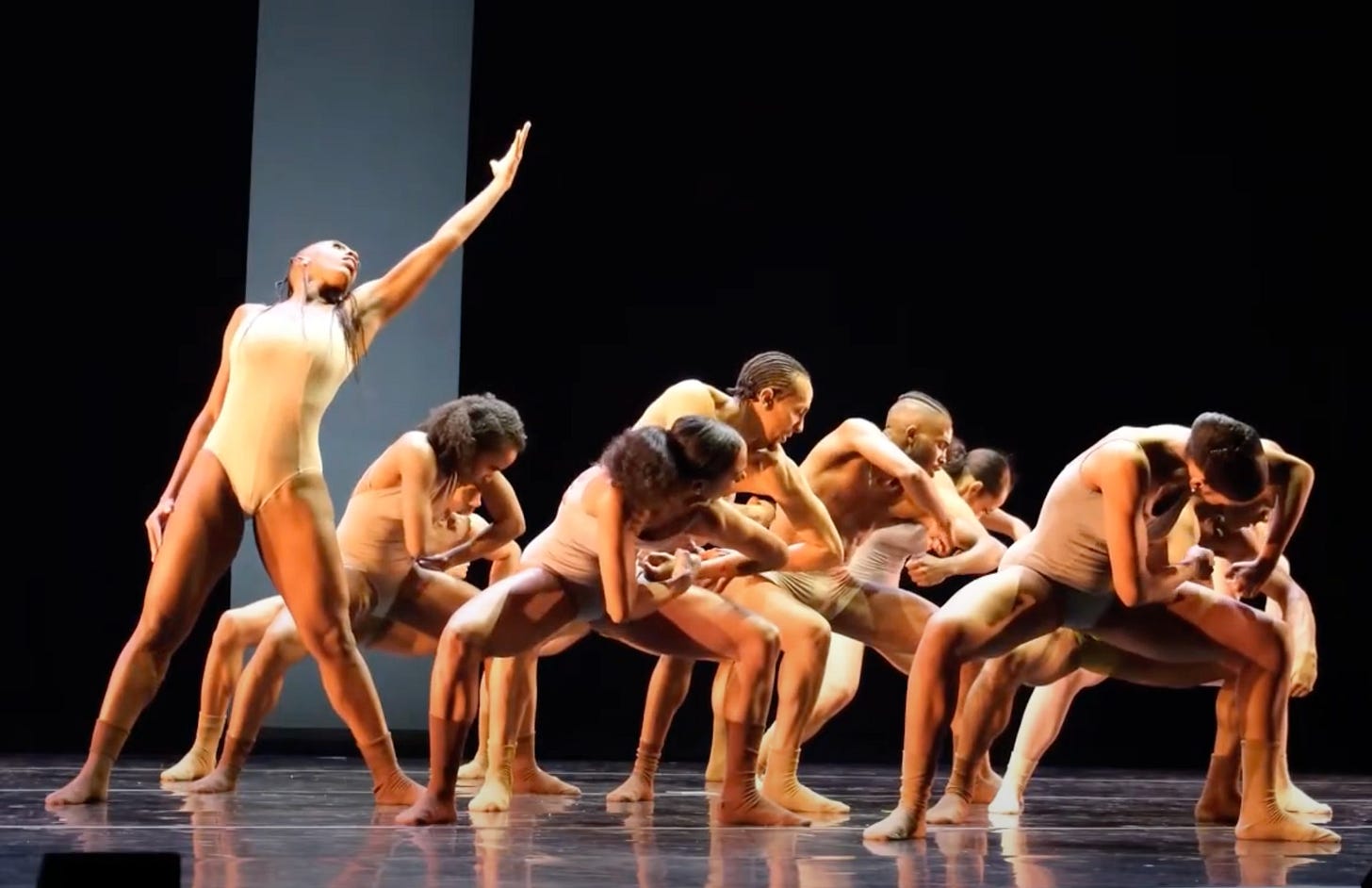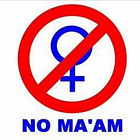Dallas Ballet Dancers Jeté Away With $560K From Union-Busting Company
They deserve it!
It’s not easy being a ballet dancer. It requires not just talent, but also years of (frequently expensive) training, hard work, lost toenails (it’s a thing), and bloody feet for a career that rarely lasts too far past one’s 40th birthday (unless one is Sylvie Guillem). Dancers who are just starting out in the corps de ballet frequently only make, like, $20,000 a year, which is nowhere near enough compensation for a job that requires so much skill (and, again, lost toenails).
In February of this year, dancers at the American Ballet Theater, represented by the American Guild of Musical Artists, went on strike after being offered a 1 percent cost-of-living raise after not having received such a raise for eight years — and within a few weeks, they got a contract that garnered them a 9 to 19 percent cost-of-living raise over three years, a year-end bonus for this year and a 5 percent increase to their retirement after three years.
Perhaps they were a little inspiring, because by May, the dancers of the Dallas Black Dance Theater voted to join AGMA. Dance companies, like many other industries, have been on a labor organization streak, with 11 dance companies and a touring production having voted to join unions in the past eight years.
Unfortunately, management at the Dallas Black Dance Theater was not interested in being part of this trend. In July, the company fired one dancer who was also their rehearsal director, and in August, they fired their nine main dancers under the rationale of being ever so scandalized by an Instagram video posted in June.
The video involved the dancers doing various poses, dances, and other silly things while the theme from “Family Matters” played in the background.
Zenetta S. Drew, the executive director of the theater, swore up and down that the dancers were not fired for joining a union — a union that the company was very openly against them joining, from the beginning — but because, The New York Times reported, the video “depicted unsafe practices, vulgar acts and violent behavior.” This referred to some very mild twerking and some highly choreographed dance fighting, which Drew felt was inappropriate for the dancers to be doing. I mean, has she seen Romeo and Juliet? Because there’s a whole-ass duel in that one.
And may I just note that the “twerking” was nowhere near as overtly sexual as the pas de deux in Kenneth Macmillan’s Mayerling.
But I digress! The dancers responded to that nonsense by protesting the company’s attempts to replace them with scab dancers, demanding that they be reinstated and filing a complaint with the National Labor Relations Board.
On Sunday, the NLRB found in their favor, determining that the company had, in fact, engaged in union-busting by firing the dancers for an unbelievably ridiculous reason so soon after they organized.
The settlement means 10 fired dancers and three whose offers of employment were rescinded will receive over $560,000 from the dance company in back pay, front pay and compensation for damages incurred through the loss of their employment. […]
In the settlement, Dallas Black Dance Theatre has agreed to pay each of the dancers about $3,000 to $13,000 in back pay. Instead of being reinstated at the company, all dancers opted for front pay ranging from about $6,000 to $62,000 per dancer. The front pay would cover the payment dancers expected to receive in future contracts after the dance company gave them letters of intent.
The settlement also requires the dance company to compensate dancers for former and future damages that may have been caused by their firing or actions taken against them by the dance company. That compensation ranges from about $300 to $4,000 for each dancer.
It sure seems like it would have been a lot cheaper for them to just, you know, let the dancers unionize — especially because many of the issues brought up by the dancers in these last few months may make people a bit less likely to want to support the company.
Via KERA News:
As the company publicly presented itself as united, the fired dancers say internally they faced chaotic management and a lack of communication. They describe a restrictive environment where policies from an outdated handbook were strictly enforced. In addition, they say management upheld rigid expectations of how dancers were to present themselves in order to appeal to white donors and community members. […]
Dancers say they worked in an environment where everything was controlled, from the thermostat in the studio to the way dancers dressed and wore their hair. Terrell Rogers, one of the fired dancers, said he feels the dance company has tried to “look more aligned with the white supremacist culture of America.”
“I feel like for Dallas Black, there’s this idea that somehow we have to rid ourselves of anything that would even remotely remind white people specifically of a bad example of what Black people look like,” he said.
Additionally, as a result of the company’s behavior, a Dallas City Council committee is heavily considering revoking $250,000 that had previously been allocated to the Dallas Black Dance Theater and giving it to other arts organizations that treat their workers better.
It’s really such a deeply sad thing to see happen, because what the Dallas Black Dance Company had initially intended to do when it was founded in 1976 was to provide a welcoming space for Black ballet dancers — a mission that is still so important in an art form that is still excruciatingly white and frequently exclusionary of Black dancers by design. As classical ballet prizes uniformity, many choreographers tend to prefer dancers who all look alike and have the same body type. Only in 2015 did the American Ballet Theater finally promote a Black woman to principal dancer — Misty Copeland, who still has to paint her ballet shoes brown because they still don’t make ballet slippers for Black women.
Hopefully, this money will allow these dancers time to recoup and form their own damn company or join another that treats them well and compensates them fairly for their talent (and lost toenails).
PREVIOUSLY ON WONKETTE!








Imagine being a dance company that fires dancers for :checks notes: "choreographed pretend-fights."
For fuck's sake, people. I haven't even visited your website and I know you assigned these dancers choreography intended to portray human conflict. It would be impossible to be a worthwhile arts company and not try to engage with important human emotions and realities like love and betrayal, hatred and violence. You think we're really going to believe you that pretending to fight is beyond the pale for Black dancers?
Fuck you and your union busting excuses. You could at least try to make your lies plausible. You're not even as good at this as Nancy Mace.
Welp, this should keep future employers of ballet dancers on their toes.